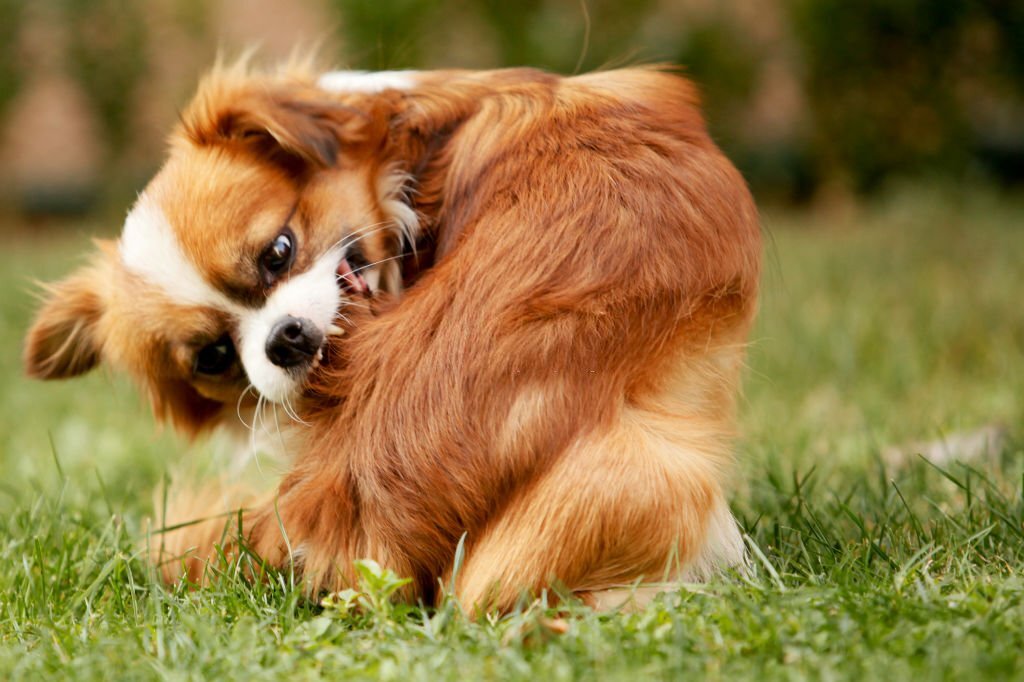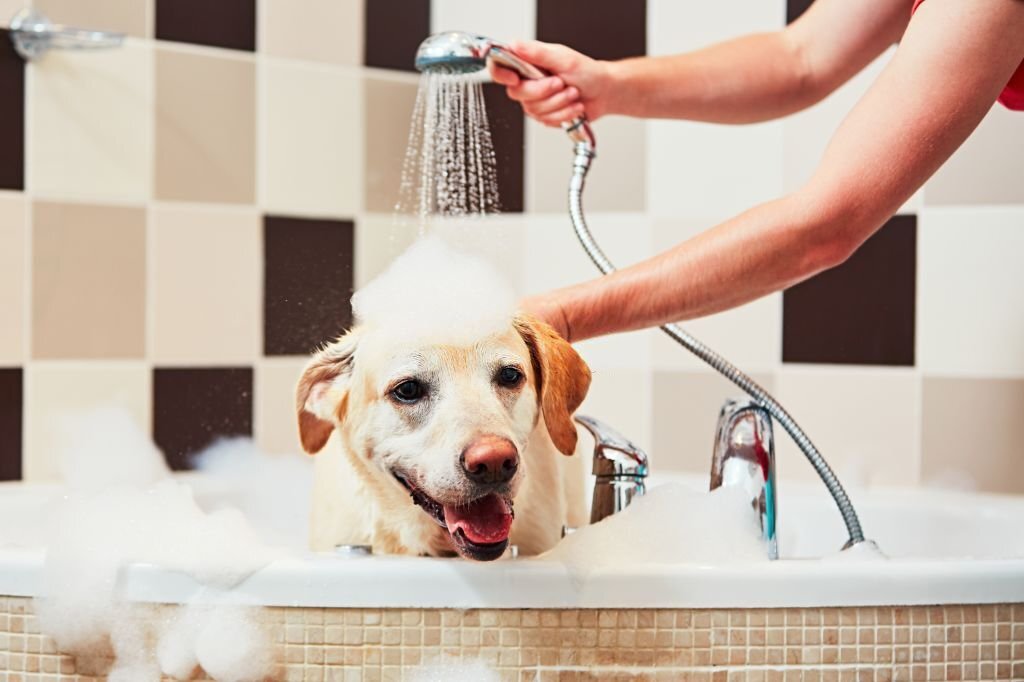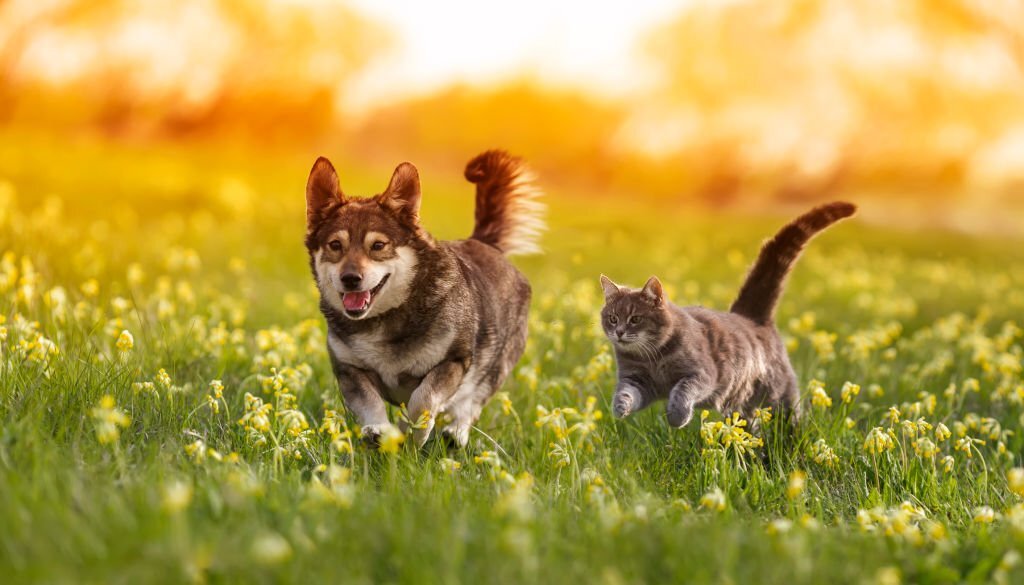It’s finally the time of year where we no longer have to wear puffer jackets and scarves, but while we enjoy the warmer temperatures we also need to look out for the increase in pollen and dust that will be travelling in the spring winds. Spring has sprung, but it’s also the time of year that allergies affect humans and animals alike.
Look out for the signs:
Allergens can affect your pets in a number of ways. They can be inhaled, ingested and stick to your coat leading to a variety of symptoms. The more our immune system becomes sensitized to allergens the more serious the reactions. The aim of any at home treatment is to reduce allergen exposure. Sometimes you may need veterinary assistance if the immune response becomes overwhelming and needs to be reduced or if secondary infection occurs.
Symptoms of seasonal allergies tend to manifest first on your pet’s skin, leaving it itchy and irritated. Contact allergens will primarily affect pets where the hair coverage is thin or absent, so the belly, armpits, groin, between the toes, around the lips and eyes, under the chin, in the ears and under the tail. These reactions can occur with pollen contact or via plants that have surfaces that are rough or hairy damaging the skin surface.
Your pet can also groom pollens off the coat and swallow them. This can in turn lead to inflammation within the gut and digestive upsets. Lastly pollens and other microscopic allergens such as mould spores can be inhaled leading to respiratory signs. Asthma is more common in cats than dogs and can be quite debilitating.
Look out for excessive licking, biting, and scratching of the skin. Irritation, inflammation, odour and trauma to the skin.

Please seek assistance from your vet if you notice any of these signs.
Other signs of an allergic reaction include itchy ears, which can be displayed via head shaking and end up with secondary infections in dogs as well as respiratory signs such as coughing or sneezing.
How you can help your pet:
The RSPCA recommends minimising letting your pet out or walking your pet at specific times of the day where pollen levels are high. Pollen counts are highest during the morning and evening, as well as on warm and windy days. This can be a challenge.
We recommend trying to reduce environmental allergens after they come back inside. Make a habit of cleaning their ears, paws, belly, and overall coat by simply wiping them over with a damp face washer, having some medicated wipes (made with hypoallergenic baby wipes and a quality medicated shampoo.
If your pet doesn’t make too much of a fuss, giving them a weekly bath can also help remove allergens. We recommend using a soothing and moisturising shampoo followed by a leave in conditioner to reduce irritation and itchiness, and are happy to chat through which would best suit your individual pet’s needs.

Other important steps include administering flea and tick prevention as well as vacuuming and/or mopping regularly to remove any environmental allergens in the home.
When to seek help from a vet:
When left untreated or unnoticed, allergic reactions can result in infection and intense discomfort. If you notice any irritation, inflammation, open sores, strange odours, and behavioural displays of discomfort, please book in for a consultation with us.
Treatment for allergies is never one-size-fits-all, so it’s important for us to work together to find the best treatment for your pet.
Contact us:
If you have any concerns or further questions about your pet, please book in for a consultation either online or by calling our awesome reception team on 9369-1822.

